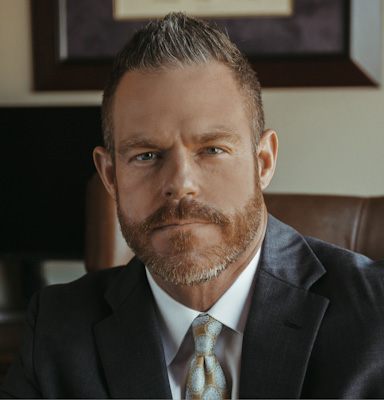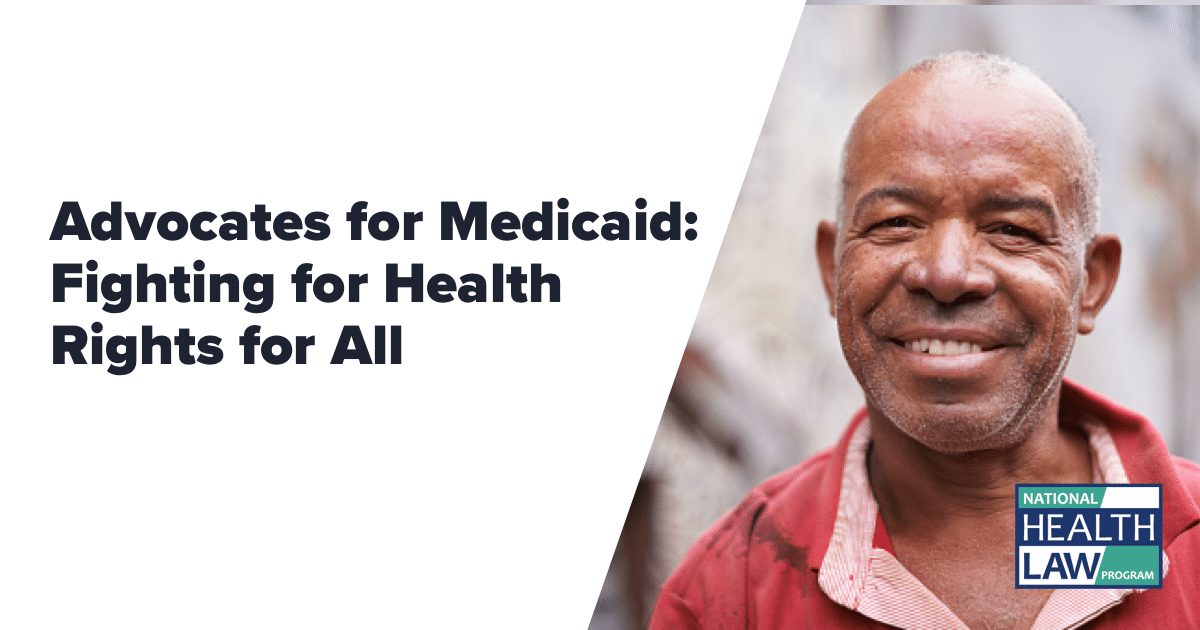Can Rights Make Any Difference for Access to Health? Insights from a Scoping Review on Constitutional Rights for the WHO Council on the Economics of Health for All
By Luciano Bottini Filho, Camila Gianella Malca, and Alicia Ely Yamin
The intersection of health financing and the right to health is a common concern in public health advocacy. However, it is challenging to isolate the mechanisms that connect individuals’ rights with increased public investment. As scholars, we grapple with the question of what happens once the right to health is constitutionalized and whether it has a transformative effect on the economy, government funding, and the material reality people face in struggling health care systems. In this article, we shed light on this significant gap between the adoption of the right to health through constitutions or legislation and actual changes in the economy and government funding for health. Our study was commissioned by the WHO Council on the Economics of Health for All, which received the mandate of formulating a new global economic model to achieve health for all.
Tracking Variations in the Content and Usages of Domestic Rights to Health:
Our report on the right to health was instrumental in supporting the Council’s concluding report, particularly in recommendation 2, which urges states to utilize ”legal and financial commitments to enforce health as a human right.” Our research findings underscored the fact that only four constitutions explicitly incorporate resource mechanisms for health. This observation highlights the vast differences among the constitutional rights to health found in at least 140 WHO member countries.
While strengthening financing through law is essential, not all rights to health automatically contribute to this objective. In practice, domestically enshrined rights to health (which can be found not only in constitutions but also in legislation as well as judicial constructions) do not follow a standardized template derived directly from international law, and instead can be fashioned locally with very different wording to what is used by international organizations and documents. Understanding these differences is crucial to avoiding simplistic categorizations based on the presence or absence of a right to health.
To demonstrate this variation in content, constitutional rights differ in their scope, ranging from basic services to free access. In the absence of any specific exclusion of fees, the provision of the right to health may not directly prohibit service charges or insurance payments, as has been witnessed in Albania. Some constitutions include principles or programmatic language that reflects a State aspiration, rather than an immediate legal entitlement.
Certain constitutions have rights specifically for certain health-related obligations, such as the right to a healthy environment or labor protections. Some texts may refer to rights to food, water, education, and housing, which are all elements of social determinants of health. Other rights, such as to freedom of information and movement, as well as standards of non-discrimination (formal versus substantive), are all essential to the effective enjoyment of health and related rights.
Furthermore, understanding the socio-legal content beyond written constitutions is crucial to assessing how human rights can be enforced. Differences in the legal environment (which are contextual and cannot be determined by the provisions in the right to health alone) give rise to different pathways of implementation, with some courts being more active in delivering decisions, while others may lack specific remedies or jurisdiction in health-related matters.
Overhauling the Economy for Health: Promising Role of Rights, Yet Inconsistent Practices:
The Council advocates for abandoning old, dysfunctional economic approaches at the center of prior governmental interventions intended to prioritize health. The Council’s proposed reform entails four bold pillars of action and changes in attitude:
1) Valuing health for all (measuring and prioritizing what truly matters to people, shifting away from traditional economic targets like GDP growth);
2) Financing health for all (comprehensive health financing reforms that treat this goal as a long-term investment);
3) Innovating for health for all (ensuring that research and development systems serve public interests and prioritize the common good);
4) Strengthening health capacity for all (where governments develop their competencies to drive transformative changes).
In many respects, the presence of a domestically enshrined right to health plays a significant role in advancing the goals across various streams. However, solely focusing on the inclusion of the right to health in constitutions and legal sources does not provide an adequate understanding of how rights function to support these objectives. For example, rights can contribute to reshaping cultural values and providing clarity on individuals’ priorities in a democratic society (pillar 1), but this achievement is not uniform across all jurisdictions that have adopted the right to health. Uganda, for instance, has seen success in recognizing the value of specific groups and health provisions, such as maternal care, but is a deeply unequal society with limited access to adequate health care for all.
Our scoping review shows that while the right to health is a potent tool for emphasizing the importance of health, it may not immediately strengthen government capacity (pillar 4). Local efforts can face challenges due to external economic and political disparities, which necessitate international collaborative action. As evidenced by political and patient rights movements, the implementation of judicial decisions can take years, and campaigns often undergo a slow and arduous process to achieve success. Over time, these social movements may eventually secure increased public investment (pillar 2), as seen in Brazil, where the right to health played a role in directing the State towards a leading position in the national pharmaceutical industrial complex (pillar 3).
The fact that the right to health does not uniformly operate across all pillars of economic change does not imply that we cannot learn from its successes and develop alternative practices to advocate for rights more effectively. Our report to the Council offered valuable insights into the diverse content and scope of the right to health in different countries and its impact on building stronger health care systems. In exploring innovative forms of state intervention in public health, it is essential to analyze an array of national experiences that present successful precedents where the right to health has informed and facilitated meaningful policy reforms.
Luciano Bottini Filho is a Lecturer in Human Rights at Sheffield Hallam University and Affiliated Researcher with the Global Health and Human Rights Project at the Petrie-Flom Center for Health Law Policy, Biotechnology, and Bioethics at Harvard Law School.
Camila Gianella Malca is an Assistant Professor in the Department of Social Sciences, Pontificia Universidad Católica del Perú; Affiliated Researcher with the Global Health and Human Rights Project at the Petrie-Flom Center for Health Law Policy, Biotechnology, and Bioethics at Harvard Law School; and Fellow, Centre on Law and Social Transformation (Bergen, Norway).
Alicia Ely Yamin is a Lecturer on Law and Director of the Global Health and Human Rights Project at the Petrie-Flom Center for Health Law Policy, Biotechnology, and Bioethics at Harvard Law School; Adjunct Senior Lecturer on Health Policy and Management, Harvard TH Chan School of Public Health; and Senior Advisor on Human Rights and Health Policy, Partners In Health.






